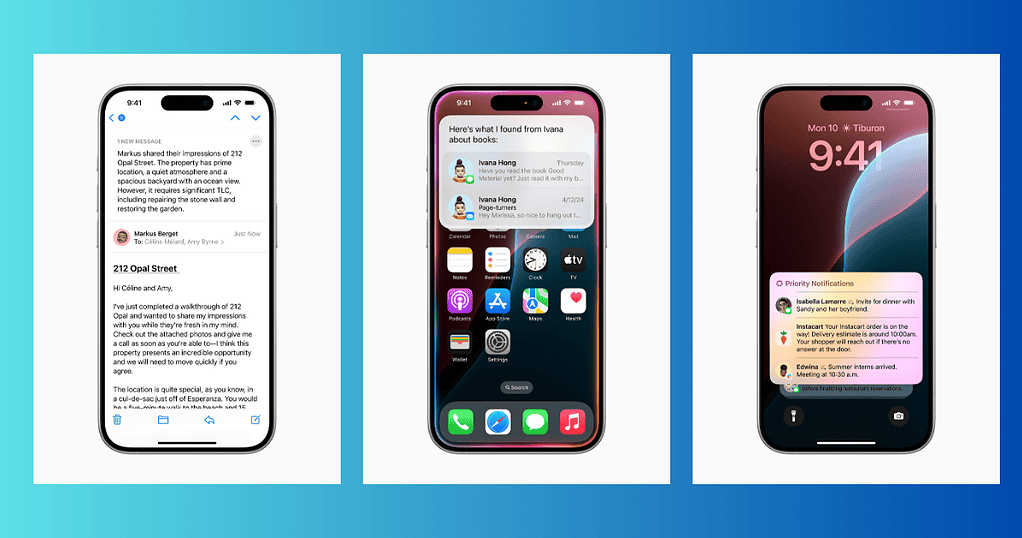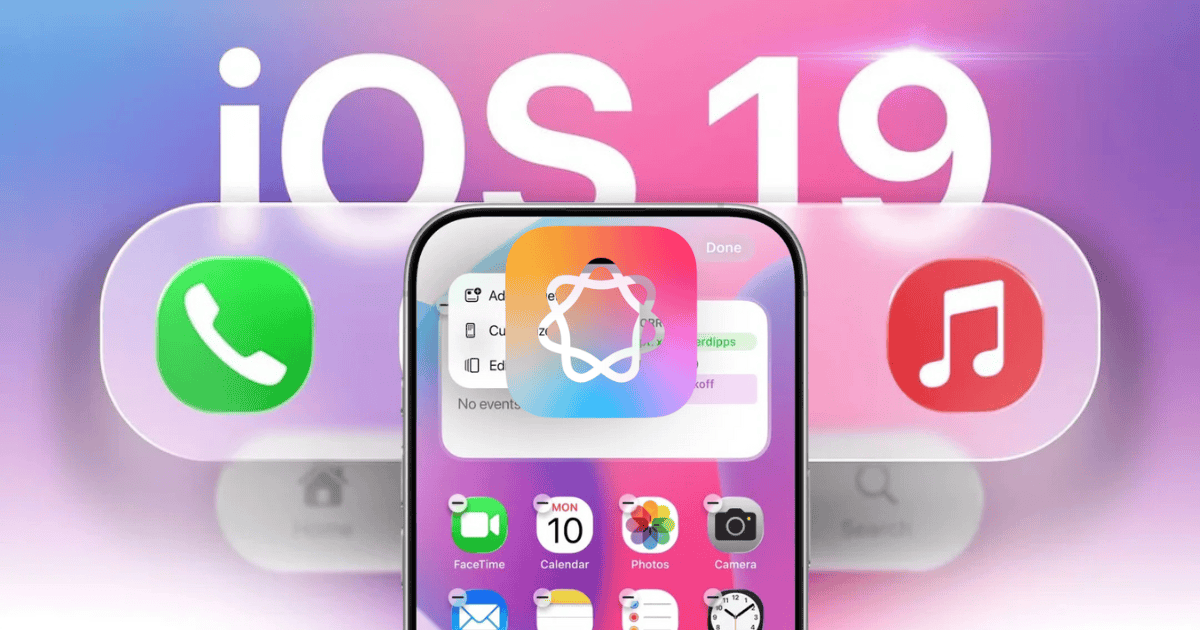Already late to the AI race, Apple rushed to launch the half-baked Apple Intelligence at WWDC 2024. At the keynote, the tech giant showcased a plethora of AI-powered features, including the much-vaunted AI-powered Siri. Sadly, it’s in the doldrums due to internal turmoil. So, what can rescue Apple Intelligence in iOS 19 and bring the generative AI back to life?
Having taken Apple Intelligence for a long spin and endured all its tantrums during testing, I can tell what ails the generative AI. Here are the five decisive ways Apple could make it actually smarter in iOS 19.
1. Enhanced Contextual Understanding
Probably, the biggest pain point of Apple Intelligence is its subpar contextual understanding. Within just a few seconds into the conversation, you know that the AI lacks the needed wit to answer your queries or come up with a meaningful response.
At a time, when chatting with ChatGPT feels like telepathy, Apple Intelligence seems to be living in the Stone Age. With the ability to grasp the pivotal aspects of user interactions, such as recent activities, current location, and the time of day, it can deliver more relevant responses and helpful suggestions.
For instance, it will suggest a specific route on Apple Maps depending on your commute time and show personalized information from your calendar based on the location. Contextual awareness will also enable it to make conversations more engaging.

2. Improved Natural Language Processing
Apple Intelligence needs to look beyond plain keyword recognition, as it’s not helping its cause. Rather, it should put more emphasis on sensing the context and the actual intent behind user requests.
The improved accuracy of speech recognition will pave the way for more nuanced language processing. With the refined natural language processing, the interaction with Apple Intelligence will feel more interactive. Yeah, it will no longer seem to be one-way traffic.
3. More Efficient On-Device Processing for Broader AI Applications
Though Apple’s cloud-based processing is pretty reliable, the tech giant should strive to leverage the enormous advantage of on-device processing.
More powerful on-device processing will allow Apple to unlock the full potential of a wide range of applications, including –
- Object detection
- Image recognition
- Real-time translation (with immaculate precision)
Beyond these obvious perks, local processing will also facilitate greater privacy and faster responsiveness.
4. Seamless Integration with Third-Party Apps
Wouldn’t it be cool if you could integrate Apple Intelligence with Spotify to spice up your music listening or use it to track Amazon prices to snag all the hottest deals? Besides that, setting up the built-in AI with Google for a quick summary of the long articles will also be no less than impressive.
Well, these are just the tip of the iceberg. There are numerous ways Apple’s AI can work with third-party apps to deliver a more personalized experience.
Keeping the AI locked with a handful of first-party apps for a few tweaks here and there won’t do it any good. Instead, this block-out approach will prevent it from becoming more intelligent and versatile.
5. Cross-Platform Compatibility
Right from the onset, Apple has gone hard pitching Apple Intelligence as a selling point for the latest iPhone models. Despite the lackluster takeoff, the Cupertino giant wants to continue to present its AI as a big-ticket feature for the upcoming devices. However, the ground reality belies Apple’s approach toward it.
From what I have come across, most consider Apple Intelligence-driven features, such as Genmoji and Image Playground, as gimmicks. Though there are some handy features like writing tools, Visual Intelligence, and Priority Notifications, they are not compelling enough.

At this juncture, what Apple Intelligence badly needs is a ton of real data for training. The one way the AI can garner the needed data is by going out of its shell.
With cross-platform compatibility, there is a decent chance that AI will have more opportunities to learn and master the tricks of the trade.
Unlike the familiar hardware game where Apple takes its own convenient time to strike the punch, the software-driven AI game warrants a prompt yet precise approach. Only time will tell whether the tech giant will nail this new territory or remain on the back foot.
For the time being, all odds are stacked against the iPhone maker.
